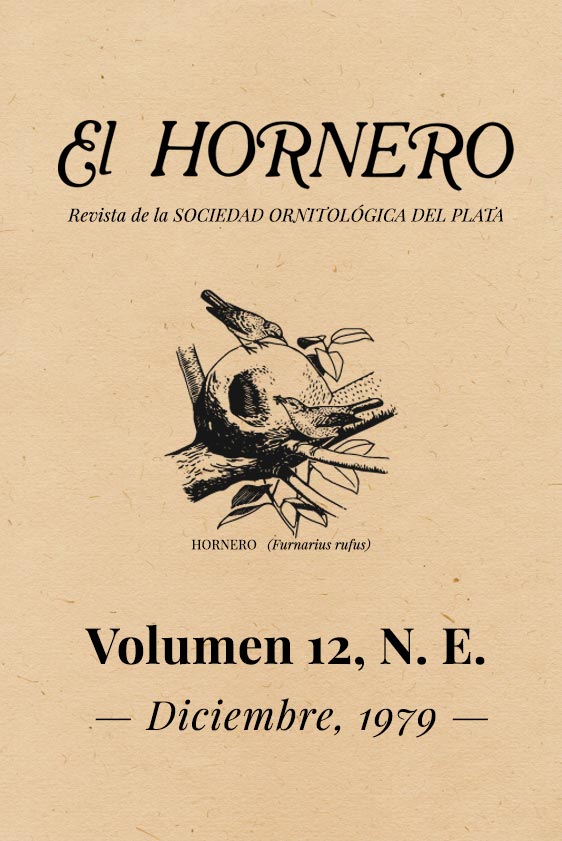Abstract
At present, human beings as well as animals and vegetables are subject to the effects of biocides and food preservers, without knowing really the consequence of such effects. For the purpose of studying their effects on the embryonic development, fertile eggs of Leghorn and Arbor Acres hens were sprayed with the following commercial products: 2,4-D; 2,4,5-T and Endrin, individually and with normal and higher than normal concentrations as used in our crop fields (for cereals). A gas incubator with a capacity for 60 eggs was used, with two daily turns, magnifying lenses, etc. Batches of control eggs (water and/or oil solvent) and of eggs treated with various concentrations of the commercial products named were placed therein. The classification of the embryos was made according to the Hamilton table. The teratogenic anomalies were studied through morphologic control and the date of embryonic development stoppage was determined. The chickens born were weighed and then killed, their brains taken out, weighed and processed for the chemical determinations. Total proteins were determined by the Lowry et al. method, total lipids by gravimetry, phospholipids by the Dodge and Phillips method and nucleic acids (DNA and RNA) by the Munro and Fleck method. It was noted that the external application of pesticides on fertile eggs at the concentrations recommended for our crops does not produce alterations in the normal development of the embryo, but at a concentration four times higher, teratogenic effects were observed as well as an embryonic death, the increasing order of toxicity being 2,4-D, 2,4,5-T and Endrin. This means that the pesticide has penetrated through the shell to the egg. A variation in the brain concentrations of proteins, total lipids and nucleic acids was shown, but not of the brain weight, water percentage or of phospholipids.
References
Este artículo no cuenta con referencias // This article does not have references

This work is licensed under a Creative Commons Attribution-NonCommercial 4.0 International License.





